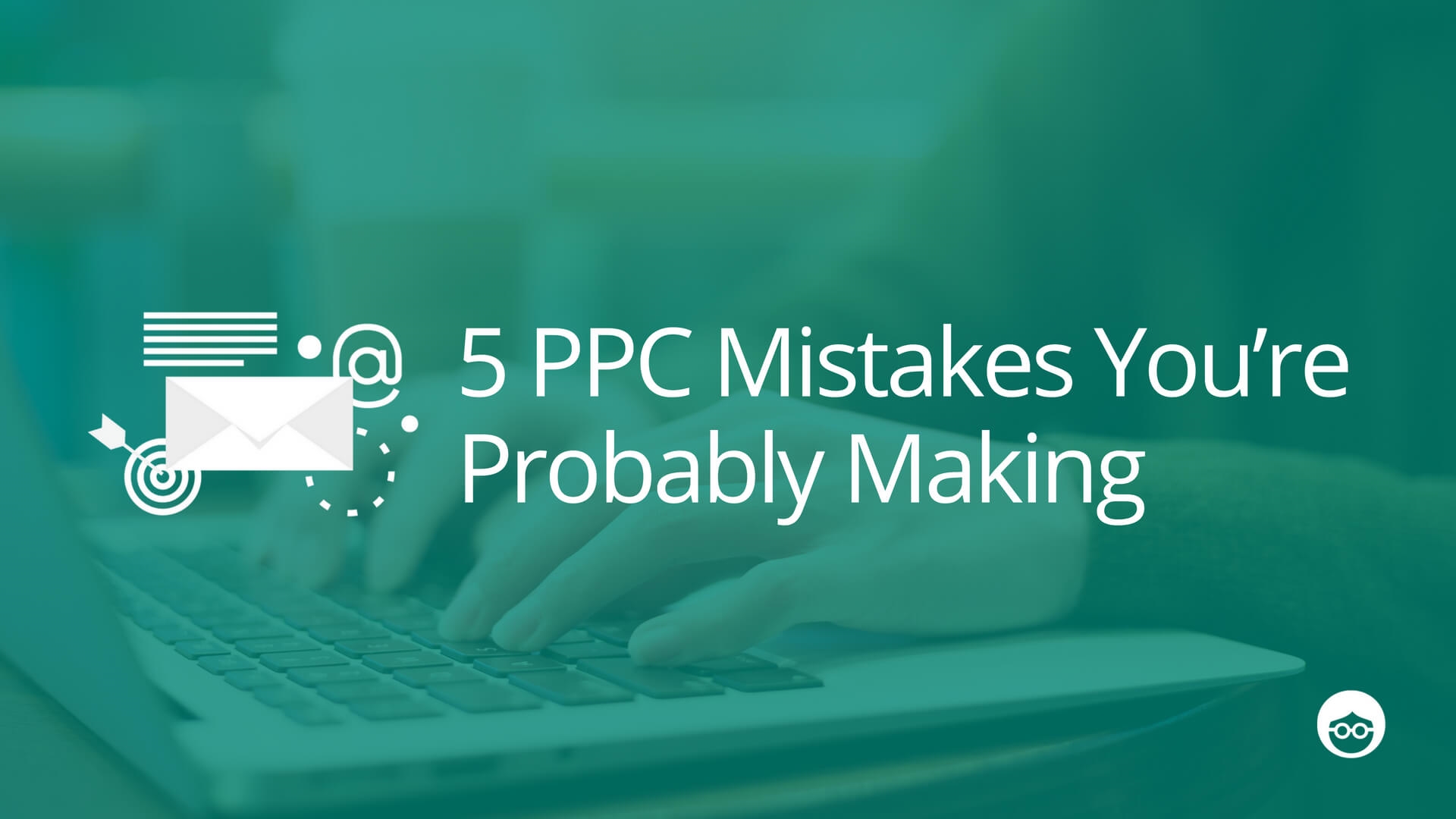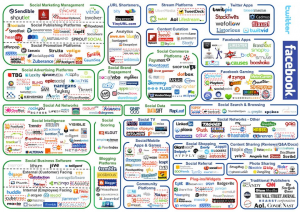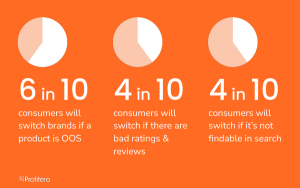What’s one thing that all PPC marketers have in common? They’re human. And like all humans, they make mistakes.

Most common PPC campaign mistakes can be easily rectified. With extra awareness, time and effort, you can adjust your optimization strategy to focus on ROI instead of CPA and get better results. With some changes to the way you approach your PPC activities as a whole, you can fine-tune your funnel and get higher-quality conversions.
For now, let’s roll up our sleeves and get to work. Here are the top five mistakes you’re probably making in your campaigns — and how you can turn them around to your advantage.
1. When your remarketing is too general
Remarketing lists that are too general and not properly segmented is a common PPC mishap. For example, remarketing a brand ad to all users who visited your website in the last 20 days is way too broad to have a meaningful impact on your CVR.
If visitors have read a specific article on your site, focus on giving those readers added value in your retargeting campaign. Say you’re a catering business, providing services for corporate events and private functions. Visitors to the website who spent more than 20 seconds on the blog page, “How to Plan a Corporate Event,” are clearly interested in your corporate services. So rather than retargeting them with a general ad, show them an ad specific to business events.
The fix: Don’t be overly tempted by scale. Organize your audience lists into at least three or four segments. Then work on tailoring your value proposition specifically for each segment.
2. When you’re optimizing for hard conversions rather than soft ones
One of the biggest challenges faced by PPC marketers is trying to optimize for an action at the bottom of the funnel (i.e., sales) when the campaign doesn’t have the traffic or budget to create enough conversions.
The way around this is to optimize for soft conversions, or for actions at the top or middle of the funnel. Then you can gather enough data to create behavioral predictions and build a strategy based on who is more likely to move farther down the funnel.
Let’s say your conversion goal is to generate leads for a demo session with your sales expert. The challenge is how to scale this bottom-of-funnel conversion. One way is by optimizing your landing page to specific events — in this case, to users who take a high engagement action on the page (i.e., submit a wizard, watch a video, show a high scroll rate or even time on site). With this kind of “softer” conversion, you’ve given the platforms much more room for their algorithms to work on, so you can reach very high-intent users and send these higher-qualified customers down the funnel.
The fix: Optimize your campaigns by tracking events for soft conversions. Then you can use the behavioral data to drive hard conversions.
3. When you’re overlooking the value of late conversions
You ran a campaign for two weeks, and the CVR was very low. So you close the campaign and assign it to the “FAIL” bin. However, not every conversion is instant.
Say you’re running a campaign for auto insurance renewal: “Click to download a $50 discount coupon.” A customer may download the coupon but only redeem it in two months’ time, when their insurance is up. The final conversion was late — two months after the campaign ran.
Depending on the type of conversion you’re aiming for, the process of engaging and converting users can be slow going. If you’re focusing on immediate value, not taking late conversions into account and closing campaigns prematurely, then you’re making a common PPC mistake.
The fix: Remember the value of late conversions. Test your data with a bigger conversion window. You can even test different attribution models, such as switching your GA from last-click to first-click measurement.
4. When you’re just not seeing the bigger picture
As a PPC marketer, you’re running campaigns on a range of platforms. You may have separate teams focusing on social and SEM, or perhaps you’re working with agencies handling different aspects of your PPC activity.
Either way, there’s a good chance that you’re analyzing each campaign, and each platform, separately. There’s no single tracker that covers all channels, so you can’t know where every impression view happens. Each PPC platform is its own insulated ecosystem. But that doesn’t mean you shouldn’t be looking at the bigger picture of how your PPC campaigns affect one another.
For example, you’re running an Instagram campaign, and the CTR is low. However, don’t discount the impact that it may be having on the brand campaign you’re running on Google. Perhaps the user didn’t click on the Instagram link. But the exposure to your Instagram posts over the past few days may have been the catalyst for their click on your Google search ad.
Another example is auto-run videos. A user may view a few seconds of video, without converting, but the video can still have a strong impact in terms of brand awareness. Video impressions are much more powerful than banner ad impressions. As PPC becomes more video-oriented, measuring the true value of impressions is becoming even more difficult.
The fix: Don’t underestimate the cross-channel effect of your campaigns. Optimize your campaigns separately, but make sure to look at the bigger picture. For instance, monitor video impressions closely, and watch to see how they are impacting on other campaigns. Or add native advertising to your cross-channel efforts — it can help increase ROI when looking at the entire PPC picture.
5. When you’re not properly managing your exclusion lists
Every PPC marketer knows how important exclusion lists are. Instead of targeting existing customers, exclusion lists let you focus on new acquisitions. The challenge for PPC marketers is moving away from cookies-based exclusion to a more dynamic exclusion strategy.
For PPC marketers in the B2B world, if your sales department already closed a deal with a particular client, then you want to exclude that client’s employees from your retargeting lists. With Linkedin, it’s easy to exclude employees from a specific company either by Linkedin’s out-of-the-box targeting or by uploading your ABM exclusion list to the Linkedin platform. With other platforms, it’s not quite so simple. Yet there are ways to do it. For example, create an IP-based exclude list and upload it to your Google search or display campaign so you can exclude employees working at a company that is already a client.

In B2C, let’s say you have an e-commerce store. Every time someone makes a purchase, you add them to your database as an existing customer. You’re in possession of their data, such as their name, phone number and email address. You can use this data in your exclusion lists, with Facebook, and now also with Google. If it’s a one-time purchase (for example, an annual subscription), create an exclude list of customers who have already purchased. Then you can retarget them with other offers and focus your campaign on new acquisitions.
The fix: Today, everyone is collecting a lot of user data. Leverage your data via data-based exclusion together with cookies-based exclusion to create a much more effective acquisition strategy.
Even if you’re a PPC machine, PPC is constantly shifting ground, with new trends and tools crowding in and competing for your attention. Stay focused and follow the guidelines above to avoid the most common PPC and performance marketing traps.
Recap: 5 common PPC mistakes
Remarketing lists are too general. Organize your audience lists into at least three segments, and tailor your value proposition for each segment.
Optimizing for soft conversions is more effective than optimizing for hard conversions. Then you can focus on moving higher-quality leads farther down the funnel.
Late conversions count too! Test your data with a bigger conversion window.
Optimize campaigns separately, but look at the bigger picture.
Leverage customer data to create dynamic data-based exclusion lists, in addition to cookies-based lists.
Marketing Land – Internet Marketing News, Strategies & Tips
(65)








